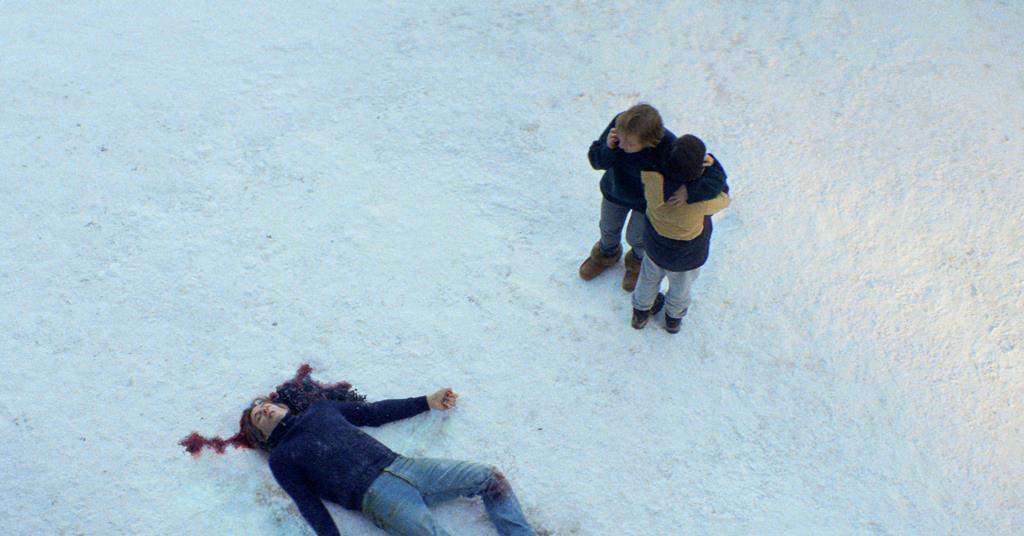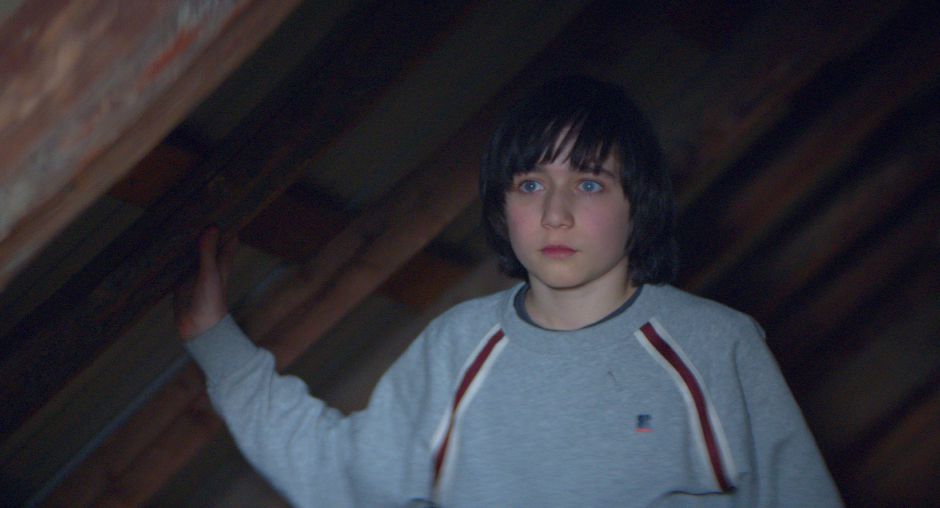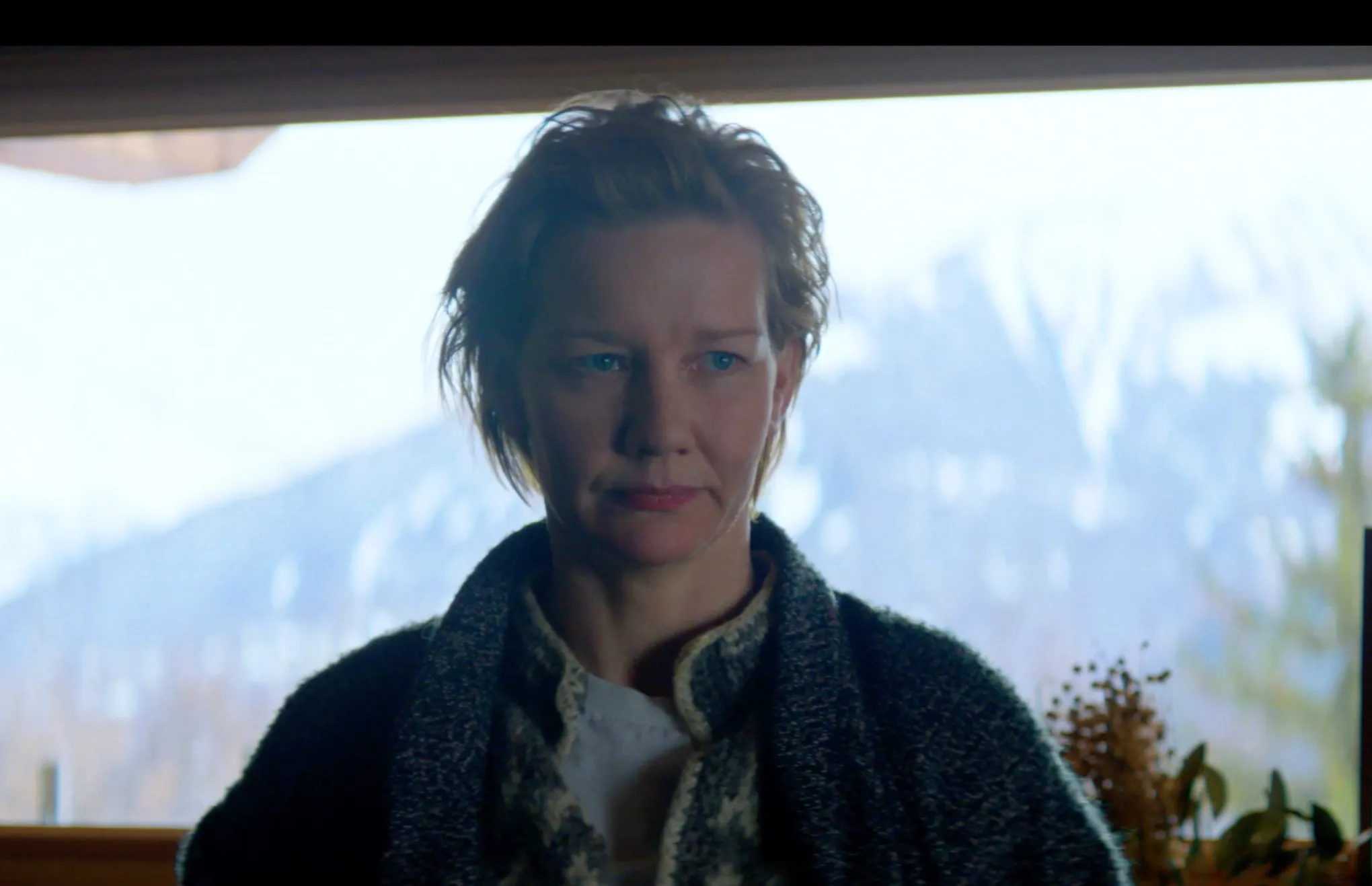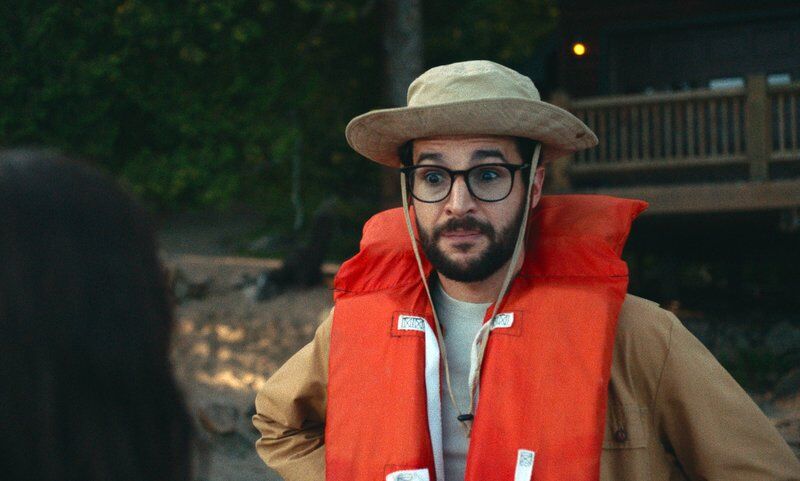Unraveling the Mysteries of the Movie Anatomy of a Fall. This is a really fantastic film, and it just fills me with exceeding joy to be able to chat with you all about it.
Directed by Justine Triet, this gripping film takes us on a journey through a tangled web of mystery, relationships, and the blurred lines between guilt and innocence. The movie captivated audiences at the 76th Cannes Film Festival, earning the prestigious Palme d’Or. With a narrative that constantly keeps you guessing, Anatomy of a Fall is a thought-provoking exploration of human psychology and the consequences of past actions.
Anatomy of a Fall Walk through
Anatomy of a Fall opens with an interview scene that abruptly halts, leaving viewers with a sense of unease, setting the tone for what is to come. At the heart of the story is novelist Sandra Voyter, portrayed brilliantly by Sandra Hüller, who delivers a performance that lingers in your mind long after the credits roll. Sandra’s life takes a dark turn when her husband, Samuel Maleski, played by Samuel Theis, is found dead by his son, Daniel. Has he fallen from the upper window of the chalet? Was he clubbed, and then pushed out? Was it a suicide? We really have no idea at the outset of this ambiguously beautiful cinematic experience. And it is the circumstances surrounding his death that become the crux of the film’s gloriously enigmatic narrative. The movie offers a unique blend of courtroom drama, psychological exploration, and intricate character dynamics.
Exploring the Intricacies: Anatomy of a Fall thrives on its complex characters and layered storytelling. The tension between Sandra and Samuel, fueled by past events and personal conflicts, forms the core of the narrative. As the plot unfolds, the audience is taken through a roller-coaster of emotions, switching allegiances between the characters as more and more information unfolds before us – almost like a game of staggered, time delayed chess… a game where every little piece move counts. A really high stakes game of life and death.
As we begin to learn more and more, it’s discovered that Sandra and Samuel’s marriage is anything but idyllic. They moved to his home town in the French Alps, which she resents. He resents her for successfully pillaging his idea for a story that he has abandoned. And they both blame each other after Daniel is hit by a car, and his optic nerve is damaged. And yet, depending on who you listen to, it’s either obvious Sandra murdered her husband, or just a normal day in a contentious marriage.
It is the courtroom scenes that really shines, and really add depth to the storyline as layer after layer of the story are revealed. Sandra’s lawyer, Vincent Renzi, plays a marvelously important role in Sandra’s defense. The film examines themes of guilt, responsibility, and the impact of past choices on the present. Samuel’s psychiatrist and the prosecutor challenge Sandra’s version of events, leading to tense and emotionally charged arguments. Where the story goes all manner of pear-shaped is that it is Daniel who, while basically blind, is the one with the most information on what might have happened at the chalet that day.

Anatomy of a Fall’s Ambiguous Ending: One of the film’s most intriguing aspects is its ambiguous ending. As viewers, we are left to ponder whether Sandra is guilty of her husband’s death or if Samuel’s passing was, in fact, a suicide. The film doesn’t provide easy answers, leaving the audience to grapple with their interpretations and beliefs.
The trial leaves Daniel’s testimony to the very final day of the trial. And as the trial teetered back and forth between the two sides, Daniel is also teetering back and forth about what to believe or not. It’s a really glorious framing and vantage through which to interpret all of the pyrotechnics.
Let’s regroup for a second, and think about it for a quick second through Daniel’s unfortunate plight. Daniel, who knows his parents argue a lot, knows really nothing else. When they fight, he flees, and heads out to the out of doors. And when he returns, his father’s loud music is still going, and the boy stumbles upon his father’s corpse. As the movie continues, he learns that his parents really blamed each other for his own blindness. There were affairs that were had. And it was actually quite a terrible situation that he was unwittingly living under.
As he heads into his story’s climatic ending he has been struggling to understand whether or not his father had already attempted suicide. Could he have attempted it right in front of him already? Or has he? Daniel is also grappling with whether he even remembers exactly where he was when his parents were arguing right before his death. There are so many unanswered questions – and new troubling details he can’t understand. So much so, he has sent his mother away. It’s pretty clear the poor child is about to throw his mother under the proverbial judicial bus.
The Ending of Anatomy of a Fall Explained
So, as the movie careens to the end, and prosecution mounts evidence upon evidence that seems insurmountable for Sandra to overcome. But then Daniel steps up to testify. Really, there isn’t much to ask the child, he’s already testified he wasn’t clear where he was when he heard his parents arguing – so that was a little vague for me as to which side, the prosecution or defense, would really get value out of him.
Ultimately, out of the blue, Daniel instead tells a story. It’s a story about his father and himself talking after bringing Snoops, their beloved dog, back from the vet. He had been sick for some unknown reason. And Daniel posited, that similar to what his mother had testified, that his father had attempted suicide, thrown up, and this time, the dog had gotten very ill from eating the throw up.
To test this theory about the dog, and his father, and the reason why Snoops had gotten sick, the previous day, Daniel fed the dog the same medicine his father had OD’d on. (Aspirin I think it was? Which would cause liver failure I think? I remember having to fight to get more than like 10 aspirin while living in the UK for this very reason.) Daniel learned that that was exactly what had happened because the dog became ill in exactly the same way. Indicating that his father had tried to commit suicide with drugs multiple times.
But that wasn’t the thing that saved his mother from living the rest of her life behind bars. Instead, it was a memory of the conversation that he had had with his father. Samuel, on the way home from the vet, had a conversation with Daniel about one day, maybe sooner than later, he was going to lose Snoops. He would die, and he would have to be okay. That while he would grieve, he would still need to move on. And he’d have to pick himself up, dust himself off, and figure life out. Well, that was weird to Daniel because the dog was quite young, and had a lot of life left. So, why was his father saying this to him? And it dawned on him… oh, it’s because he wasn’t talking about the dog… he was talking about himself. And it was only after he learned everything he learned from his mother at the trial that he was able to put the pieces together. And with that realization, he convinced the jury, and the court, that it was actually his father that had committed suicide… had been attempting to commit suicide, for quite some time now.

Personal Thoughts on Anatomy of a Fall
The movie is a cinematic experience that lingers long after the screen goes dark. The performances, particularly Sandra Hüller’s, are nothing short of mesmerizing. The film challenges conventional storytelling and blurs the lines between truth and perception, making it a standout entry in the world of cinema.
There were a couple of really important moments here that will take this movie out of the standard ho-hum of a normal police procedural, and make you think much deeper than any other similar film. Actually these moments happened throughout the film. Think back to when Sandra was first presented with the first negative evidence against her. Her response? “This is a small slice of the person you are talking about. The whole? Is more complicated.” And that is what this movie is actually about. Our desire to over simplify things both in film, the news, rumors and innuendos, etc. She is 100% right. Yes, that negative thing is true – I’m not arguing that – but absent any sort of real context, you will be going totally in the wrong direction with this evidence. This happened again but in reverse when Sandra asked her long time friend and lawyer if he thought she was guilty. His response? “There are a lot of things that I think, that I don’t ever talk about.”
And it’s even made more clear when we see how Daniel is being asked to give evidence for or against her mother. His court appointed protector(?), tells him that he just needs to take what he knows… even though its not enough, and to make a decision. The conversation went something like this:
“When we do not know, one way or another, we must decided – you see? We must choose.”
“So, you have to invent your belief? So, you are saying pretend?”
“No, decide, that’s different.”
What Daniel is pointing out here is that many times, arbitrary decisions in the positive, or negative, are massively oversimplified. It’s too grey for a black or a white. But regardless, he was being asked to do just that. With the data he had, and the information he was aware of, he needed to come to his own, over simplified conclusion.
Which is what I loved about this movie. Sandra elucidated very clearly the problem with trying to understand the heart and intent of a person. It’s impossible really. Not from the outside anyway. Does it mean that the movie is saying that justice is impossible? No, I don’t think so, but it is a warning about being overly caught up in super simple evidentiary details. Yes, I was at the scene of the crime, I admit that. Yes, we did argue often. Yes, I did have an affair. But I also loved him very much. All these things can be true simultaneously.
Interested in Other Movies like Anatomy of a Fall?
Man, I love movies like this. (Especially movies that are super confident flipping through languages rapidly, totally dig that.) Vague, hard to understand, or suss out, films that make you really work to get to a real understanding of what happened. Love them. If you are interested in finding other, very similar, films, I’ve got a couple for you… but that’ll be $19.95. You are welcome.
- Clouds of Sils Maria
- The Good Nurse
- The Spinning Man
- Certified Copy
- Candy
- Dr. Death
- Personal Shopper
So, yeah – Anatomy of a Fall is a masterfully crafted film that invites viewers to question the nature of truth, the complexity of human relationships, and the consequences of past actions. With its enigmatic ending and unforgettable performances, this Palme d’Or winner is a must-watch for those who appreciate thought-provoking cinema. As you dive into the mysterious world of Anatomy of a Fall, remember that the beauty of the film lies in its ambiguity, leaving you to decide where the truth truly lies.
Edited by: CY




